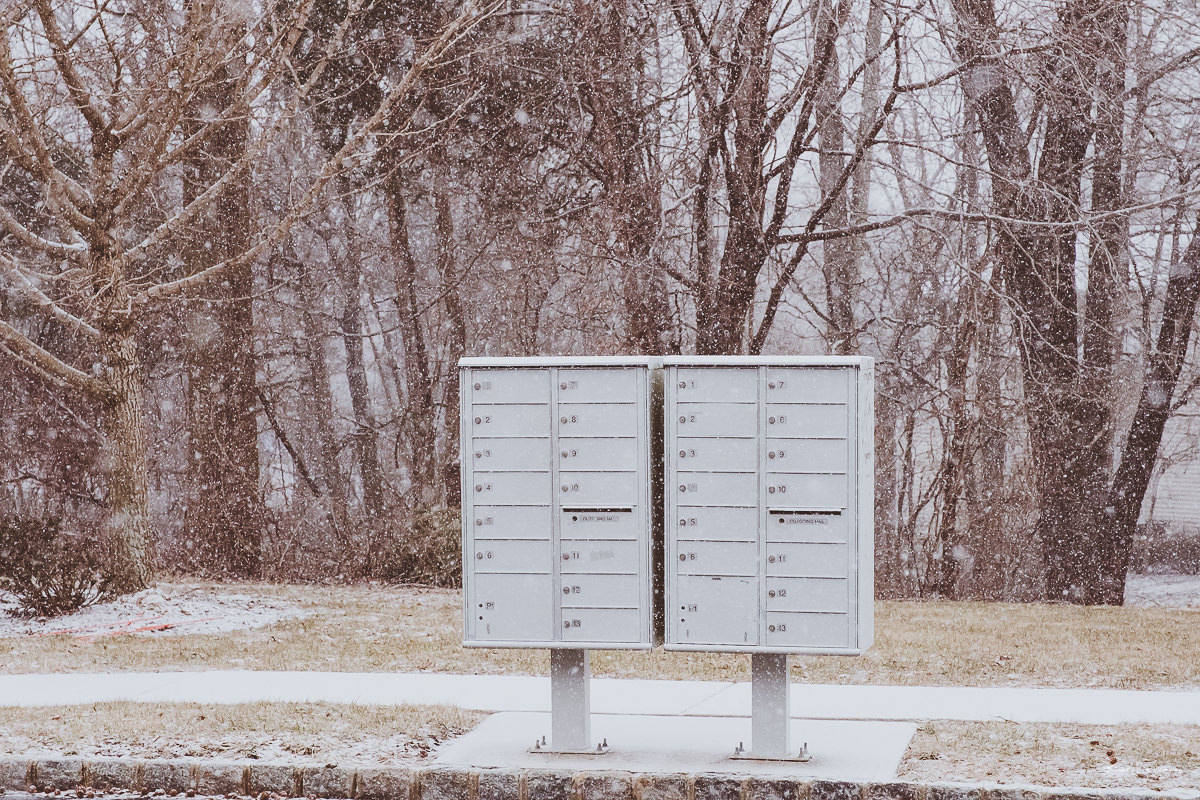The name MindSpark nicely matched the feel-good ingenuity of the business; Auticon, on the other hand, summons the image of an army of automatons, defined by their diagnoses and marketed to deliver maximum software efficiency. Auticon’s marketing material names “pattern recognition” and “uncompromised honesty” as valued skill sets in autistic people. In fact, research is mixed on whether people with autism actually do excel at visual pattern recognition, relative to peers of equivalent I.Q., and the range of talents (and honesty) is highly individual. Selling autism as a brand likely perpetuates some generalizations — even stereotypes — in the name of overcoming bias, a complicated compromise, if a strategic one.
Month: February 2019
The Real Problem with the Blue-State Model
In general, the blue-state model makes life more difficult for lower-income residents. The Census Department’s Supplemental Poverty Measure adjusts state poverty levels by the local cost of living, essentially measuring how many more people wind up in poverty based on state costs. Under that measure, California has the nation’s highest poverty level, at more than 20 percent of the population. More pointedly, of the 12 states where the poverty level has worsened based on local costs, seven are solidly blue, including Connecticut, Massachusetts, New Jersey, and New York; the rest are politically neutral.
The blue-model states leave not just their poorer residents behind, but also whole regions. Areas that specialize in highly productive industries like finance or technology can absorb the impact of high taxes and intrusive regulations easier than cost-sensitive manufacturing or agricultural sections. While the greater San Francisco–Silicon Valley area has prospered in the latest economic expansion, five of the nation’s ten metros with the worst unemployment rates are in California. New York’s economic rebound from the last recession was powered almost entirely by New York City. The state has added about a million jobs since the recovery began, but about 730,000 have been in Gotham. Four large upstate areas have actually lost jobs.
Higher state spending can bring some apparent advantages. Blue-model states spend gigantic sums on their public schools, from 50 percent to nearly 100 percent above the national average per student in places like New York and New Jersey. That’s paid off in terms of quality, according to a study by the financial website 24⁄7 Wall St. The list of top public schools by state includes Massachusetts, New Jersey, and New York. Government spending and quality may be more closely correlated in public education because school systems aren’t controlled by state bureaucracies but by local school boards—where parents, especially in smaller suburban towns, can demand accountability.
Still, fast as some of these states educate young people, they’re losing them as residents. From 2011 through 2015, the three top states exited by millennials (people aged 23 to 38) were heavily Democratic: New York, Illinois, and New Jersey, according to one study based on census data. (Fourth on the list was politically neutral Pennsylvania, whose taxes and overall costs are relatively modest, except for property taxes, which have been rising to pay for schools.) That study also found that the five states attracting the most millennials were less costly, Texas and Colorado among them. A report drawing on more recent data by a New Jersey group found that young people, not retirees, were the biggest demographic group fleeing that state. The data belie the explanation of some politicians, like New York governor Andrew Cuomo, that blue-state out-migration is largely about retirees leaving for warmer climes.
Photo of the Week
We had some snowfall last week — just a few inches. But my car was parked on the street that intersects my neighbourhood. It’s the only on-street parking in my community.
I wanted to move my car into the driveway so that it would not get stuck when the ploughs push the snow from the roads. My foot was still sore from the weekend, and while the walk is less than five minutes, I didn’t want to take any chance that I might irritate that sprained tendon. So my wife drove me over to my car.
The snow was coming down, and I had my camera in hand (of course!). I had read that 1⁄500 second was a reasonable shutter speed for photographing during snowfall. I think that’s just about right.
Photo of the Week is personal photography project where I post the best image captured that week. The image will be posted at the end of the week. That will be a Sunday. I can take one or 100 photos for the week, but I will post only one, the best one.

